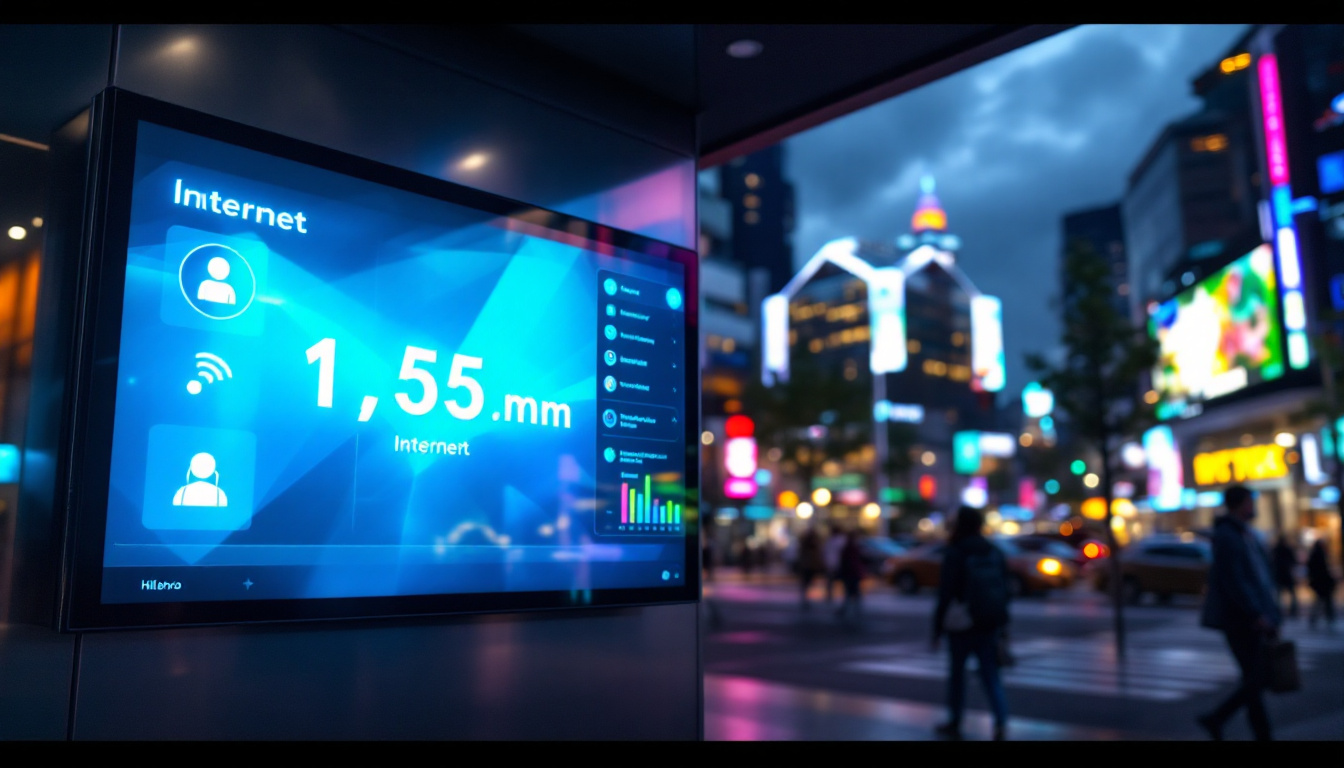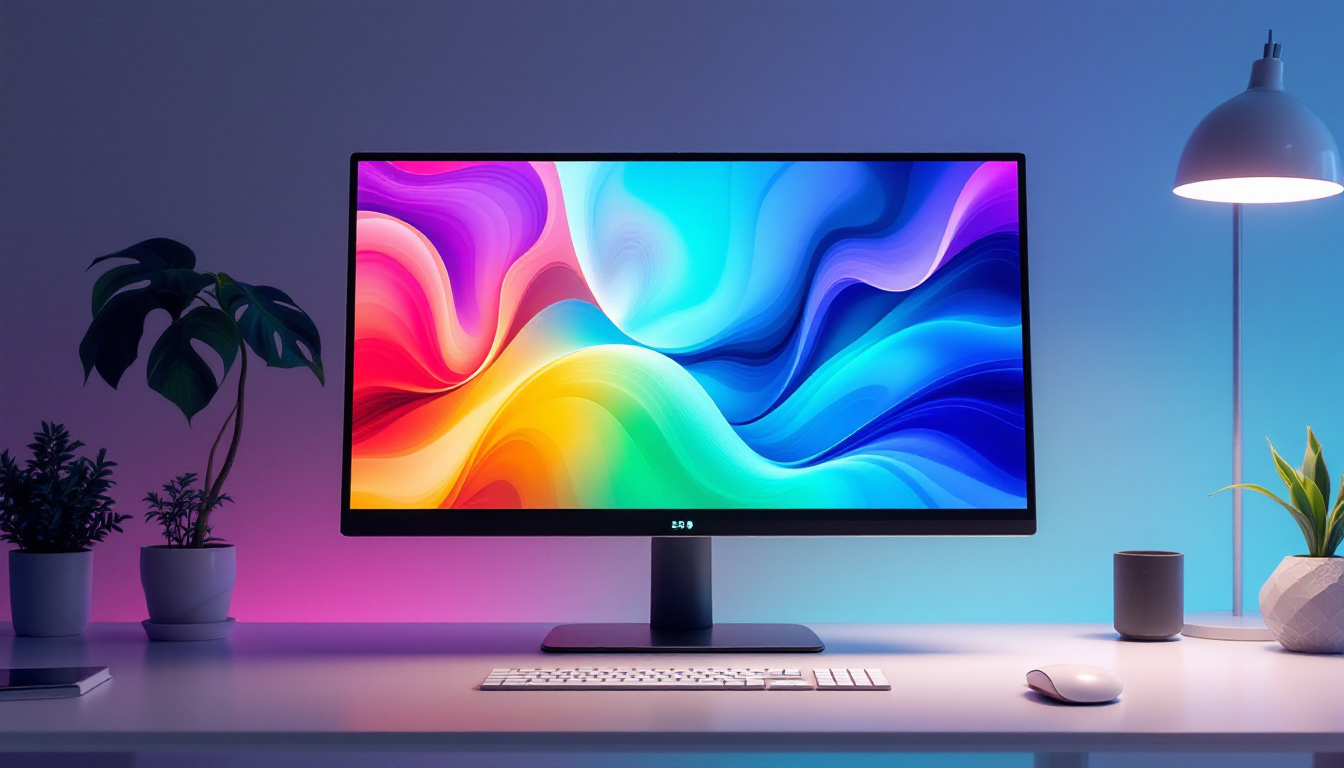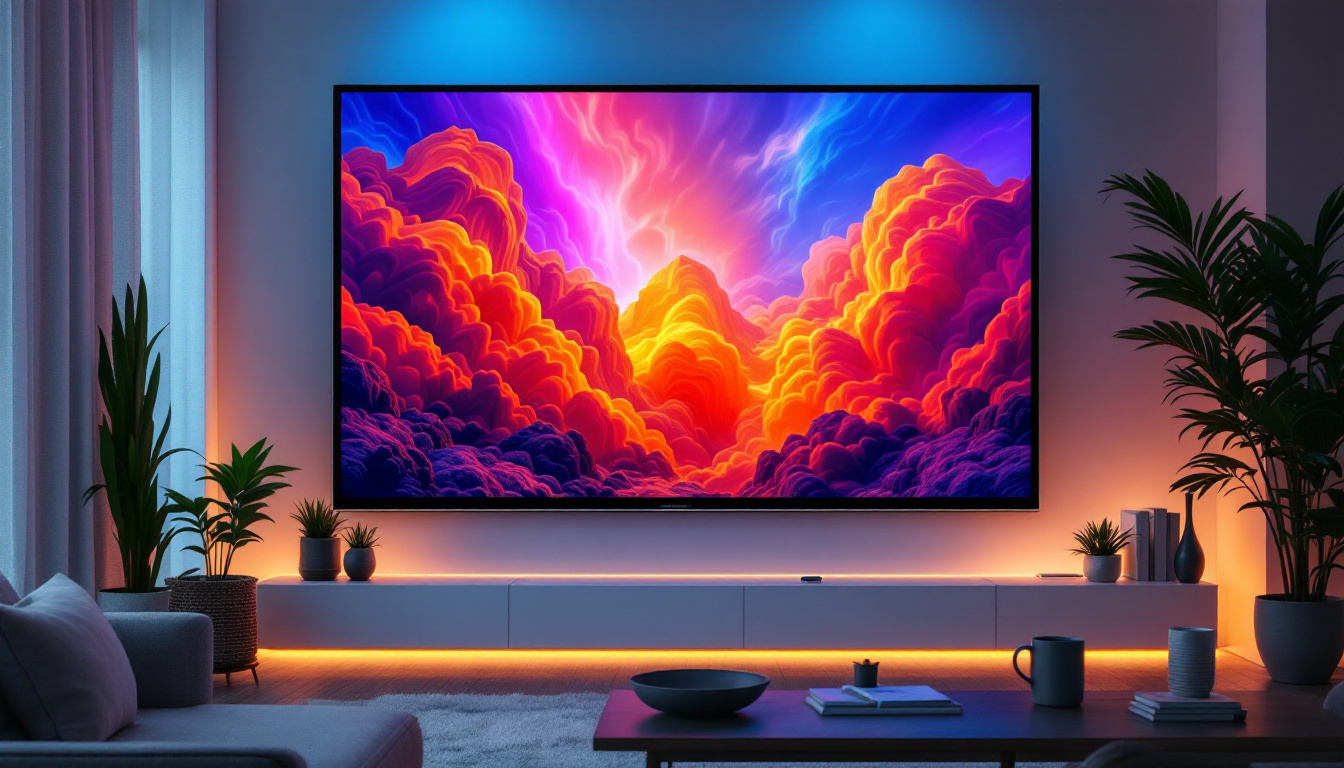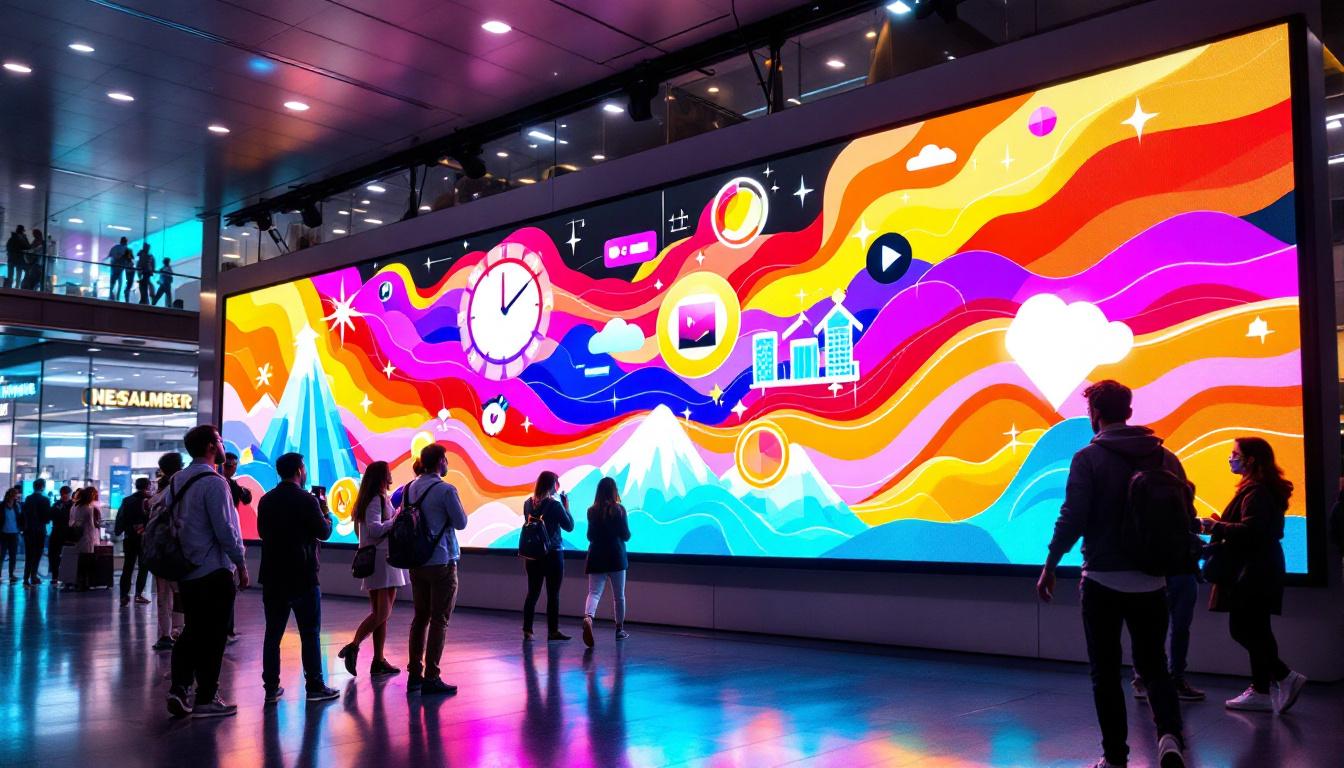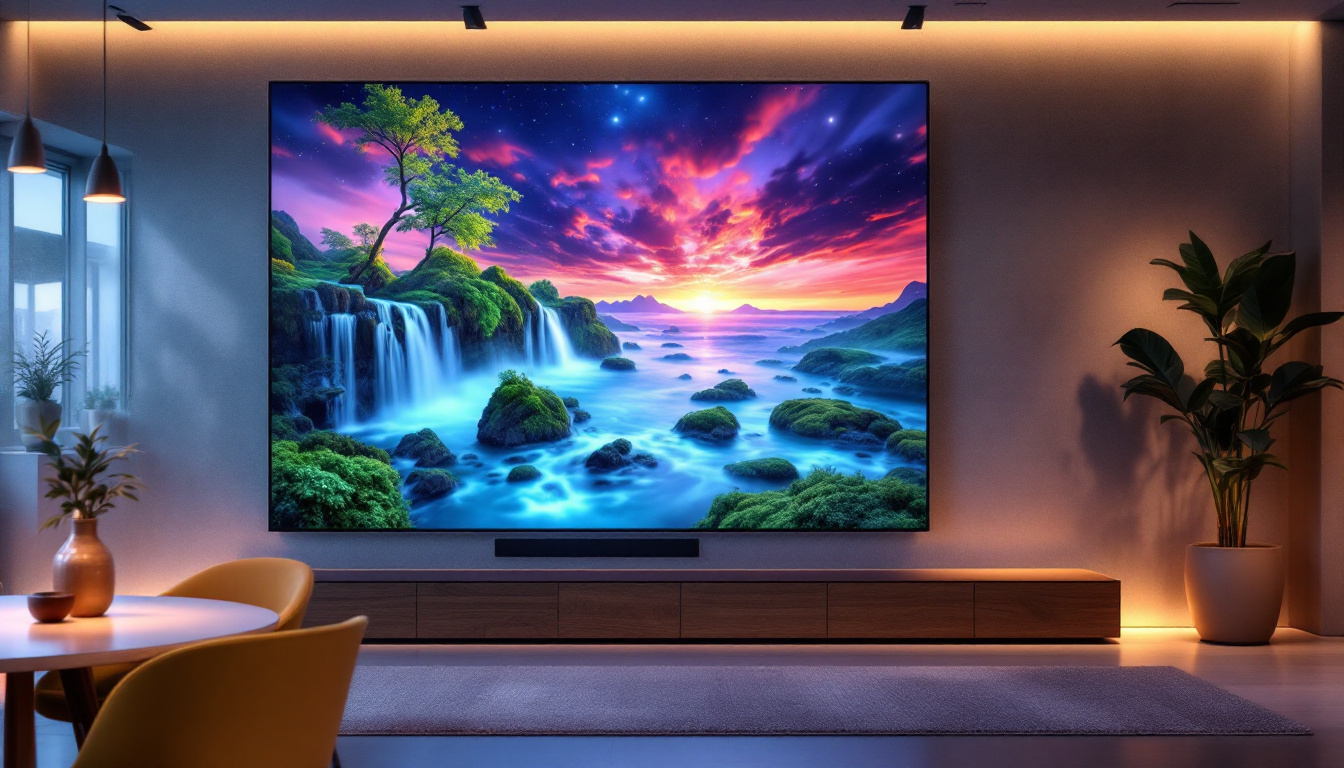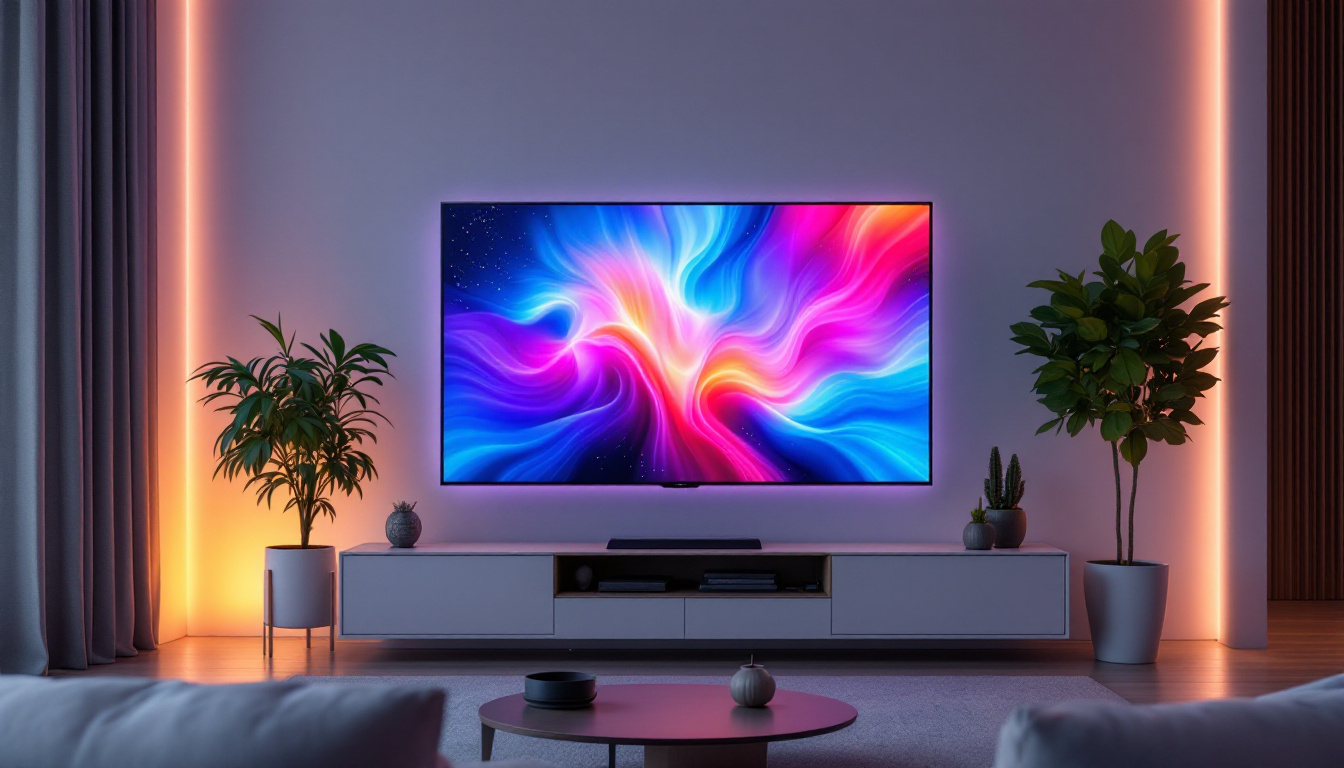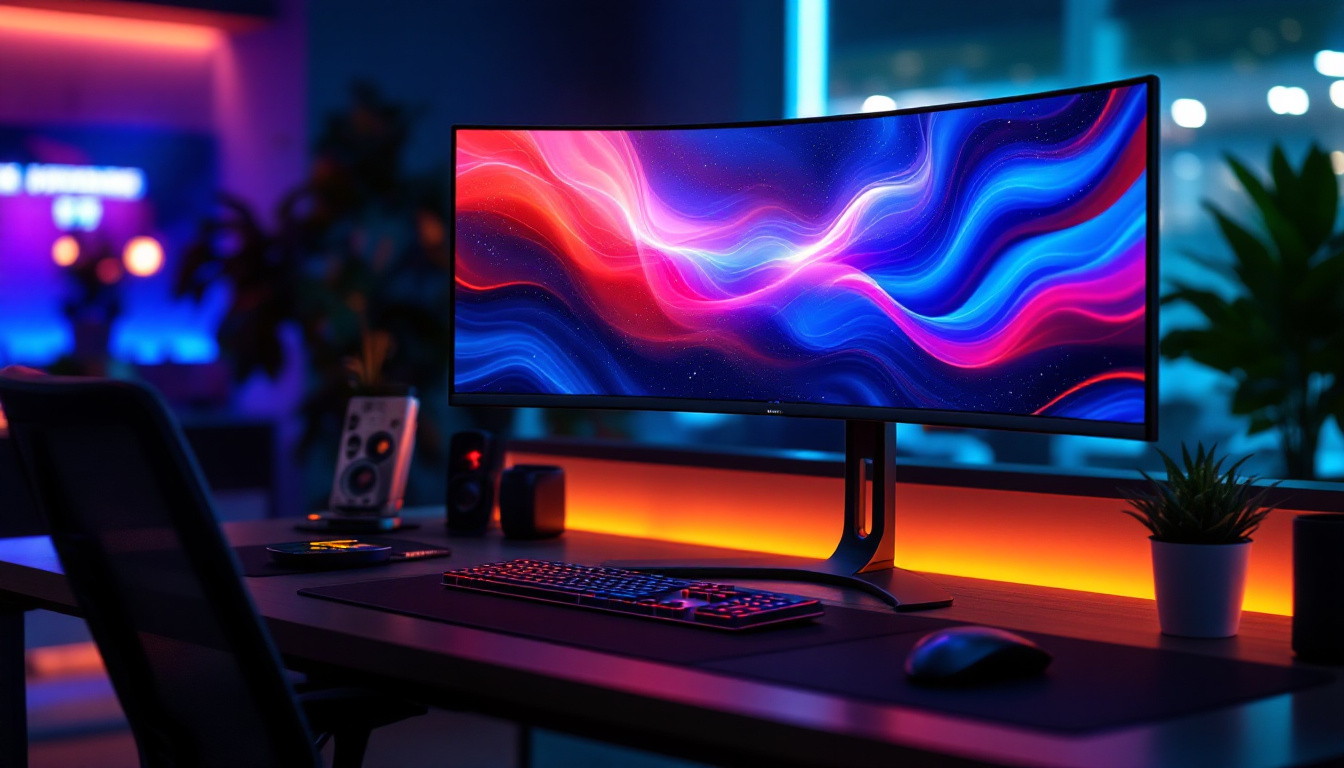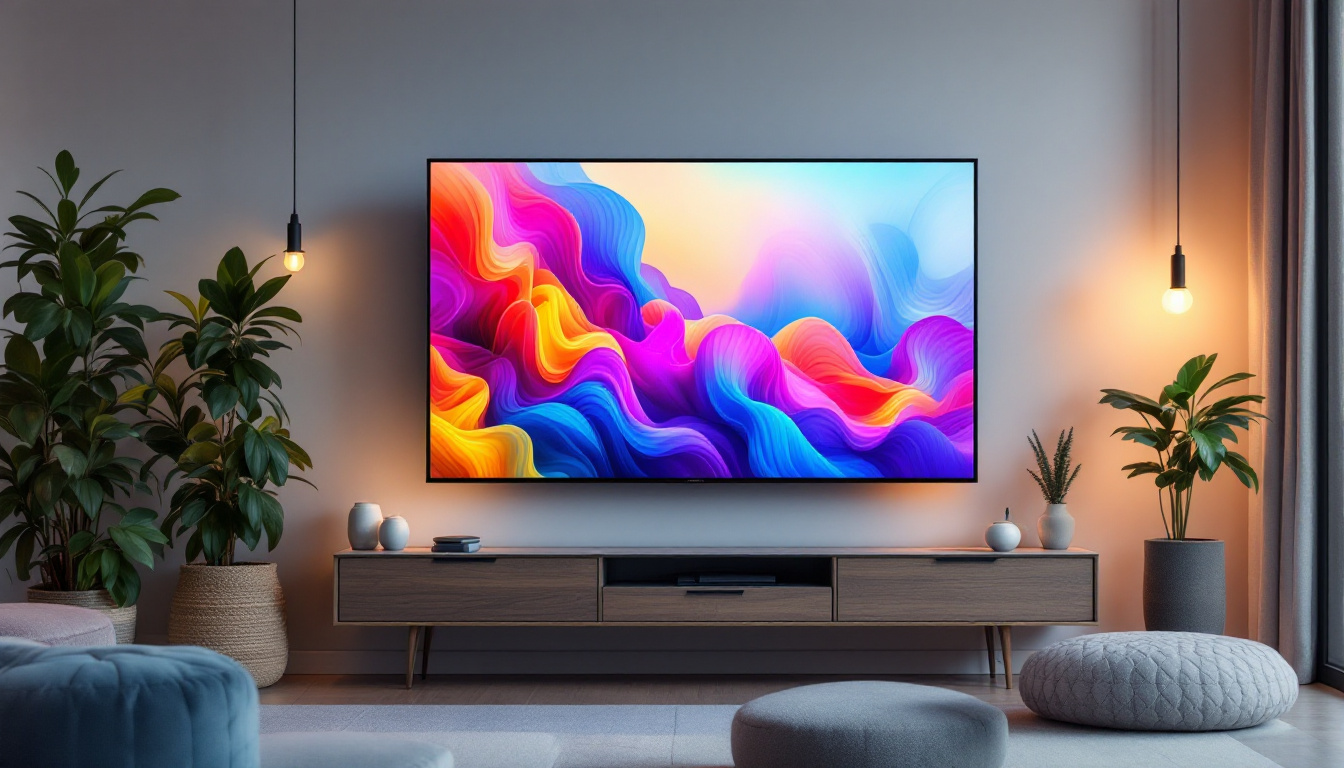In the realm of modern technology, LCD (Liquid Crystal Display) and LED (Light Emitting Diode) screens have become ubiquitous. They are found in everything from televisions to smartphones, and while they offer vibrant visuals and energy efficiency, they are not without their issues. One common problem that users encounter is LCD flickering. This phenomenon can be distracting and may even lead to discomfort or eye strain. Understanding the causes of LCD flickering and how it relates to LED displays is essential for both consumers and tech enthusiasts alike.
Understanding LCD Technology
Before diving into the specifics of flickering, it is crucial to understand how LCD technology works. An LCD screen utilizes liquid crystals sandwiched between two layers of glass or plastic. When an electric current passes through these crystals, they align in such a way that light can pass through or be blocked, creating images. The backlight, often an LED, illuminates the screen, providing the necessary brightness. The arrangement of these liquid crystals and the precision of the backlight are essential for delivering vibrant colors and sharp images, making LCD technology a popular choice for televisions, computer monitors, and smartphones alike.
Moreover, the development of advanced LCD technologies, such as In-Plane Switching (IPS) and Twisted Nematic (TN), has further enhanced the viewing experience. IPS panels, for instance, offer wider viewing angles and better color reproduction compared to their TN counterparts, which are known for faster response times. As a result, consumers can choose LCD displays based on their specific needs, whether for gaming, professional graphic design, or casual viewing.
The Role of Backlighting
Backlighting is a critical component of LCD technology. It provides the illumination needed for the display to be visible. Traditionally, fluorescent lamps were used for backlighting, but LED technology has largely replaced them due to its superior energy efficiency and longevity. However, the method of backlighting can influence how the display performs, including the occurrence of flickering. Different backlighting techniques, such as edge-lit and direct-lit configurations, can also affect the uniformity of brightness across the screen, which is vital for an immersive viewing experience.
In addition, advancements in backlighting technology have led to innovations like local dimming, where specific areas of the backlight can be dimmed or turned off to enhance contrast ratios. This not only improves the overall picture quality but also helps reduce the impact of flickering by minimizing the intensity of the backlight when it is not needed. As manufacturers continue to refine these technologies, the visual performance of LCD screens continues to improve, catering to the diverse preferences of users.
How Flickering Occurs
Flickering in LCD screens can occur for several reasons. One common cause is the modulation of the backlight. In many LED-backlit displays, the brightness is adjusted by rapidly turning the backlight on and off. This technique, known as Pulse Width Modulation (PWM), can lead to flickering that is not always perceptible to the naked eye but can cause discomfort over prolonged use. The frequency of PWM can vary between devices, with lower frequencies being more likely to induce eye strain and fatigue, especially for users who spend long hours in front of screens.
Additionally, flickering can also result from the refresh rate of the display. A lower refresh rate may not sync well with the frame rate of the content being displayed, leading to visible flickering or stuttering. This discrepancy can be particularly noticeable in fast-moving scenes, such as in video games or action movies. Manufacturers are increasingly addressing these issues by offering higher refresh rates and adaptive sync technologies, which aim to create a smoother visual experience and minimize flickering, ultimately enhancing user comfort and enjoyment.
Common Causes of LCD Flickering
Identifying the specific causes of flickering can help users troubleshoot and resolve the issue. Below are some of the most common culprits behind LCD flickering.
1. Refresh Rate Issues
The refresh rate of a display refers to how many times per second the screen updates its image. If the refresh rate is set too low, it can lead to flickering. This is particularly noticeable in scenes with rapid motion or when displaying high-contrast images. Adjusting the refresh rate in the display settings can often resolve this issue. Users should also be aware that different monitors have varying optimal refresh rates, and using a refresh rate that is not supported by the display can exacerbate flickering problems. For instance, gaming monitors often support higher refresh rates, which can provide a smoother visual experience, reducing flicker during fast-paced gameplay.
2. Graphics Driver Problems
Outdated or corrupted graphics drivers can also lead to flickering. The graphics driver acts as a bridge between the operating system and the hardware, and if it is not functioning correctly, it can result in display issues. Keeping drivers updated is essential for optimal performance and can help mitigate flickering problems. Additionally, users should consider checking for compatibility issues between the graphics driver and the operating system, as updates to one can sometimes lead to conflicts with the other. Regularly visiting the manufacturer’s website for updates or utilizing automatic driver update tools can ensure that the system runs smoothly and efficiently.
3. Hardware Malfunctions
Sometimes, flickering can be a sign of underlying hardware issues. Loose connections, damaged cables, or failing components within the display can all contribute to flickering. In such cases, professional assessment and repair may be necessary to resolve the problem. Users should also inspect their setup for any potential environmental factors that could affect hardware performance, such as electromagnetic interference from nearby devices or inadequate power supply. Furthermore, routine maintenance, such as cleaning dust from internal components and ensuring proper ventilation, can prolong the lifespan of the display and minimize the risk of flickering due to hardware malfunctions.
Impact of Flickering on Users
While flickering may seem like a minor annoyance, it can have significant effects on users, particularly with prolonged exposure. Understanding these impacts can help in recognizing the importance of addressing flickering issues.
Eye Strain and Fatigue
One of the most immediate effects of flickering is eye strain. The constant adjustment of the eyes to a flickering screen can lead to discomfort, dryness, and fatigue. For individuals who spend long hours in front of a screen, this can become a serious concern, potentially leading to chronic eye strain.
Reduced Productivity
Flickering can also hinder productivity. When users are distracted by a flickering screen, it can disrupt focus and make tasks more challenging. This is particularly problematic in work environments where concentration is crucial. Addressing flickering issues can help improve overall efficiency and comfort.
Solutions to LCD Flickering
Fortunately, there are several solutions available for addressing LCD flickering. Users can take proactive steps to mitigate this issue and enhance their viewing experience.
Adjusting Display Settings
One of the simplest solutions is to adjust the display settings. Increasing the refresh rate, changing the resolution, or modifying the brightness can often alleviate flickering. Users should explore the settings menu of their device to find the optimal configuration for their specific screen.
Updating Drivers
Ensuring that graphics drivers are up to date is another crucial step. Regular updates can fix bugs and improve compatibility, which may resolve flickering issues. Users should check the manufacturer’s website or use automatic update tools to keep their drivers current.
Using Anti-Flicker Technology
Some modern displays come equipped with anti-flicker technology, which reduces or eliminates flickering caused by PWM. Investing in a monitor or television that features this technology can significantly enhance the viewing experience, especially for those sensitive to flicker.
Preventive Measures
In addition to addressing existing flickering issues, taking preventive measures can help avoid future problems. Being proactive can save users time and frustration down the line.
Regular Maintenance
Regular maintenance of devices is essential for optimal performance. This includes cleaning the screen, checking for loose connections, and ensuring that all components are functioning correctly. Taking the time to perform these tasks can help prevent flickering and other display issues.
Choosing Quality Displays
When purchasing new devices, opting for high-quality displays can make a significant difference. Investing in reputable brands known for their display technology can reduce the likelihood of encountering flickering issues. Researching reviews and specifications can guide consumers in making informed choices.
The Future of Display Technology
As technology continues to evolve, so too does display technology. Innovations in screen design and functionality are paving the way for improved user experiences. Understanding these advancements can provide insight into the future of displays.
OLED and MicroLED Technologies
Newer technologies such as OLED (Organic Light Emitting Diode) and MicroLED are emerging as alternatives to traditional LCD and LED displays. These technologies offer improved color accuracy, contrast ratios, and response times, potentially reducing the likelihood of flickering. As these technologies become more mainstream, consumers may find themselves with better options for flicker-free viewing.
Adaptive Refresh Rates
Another exciting development is the implementation of adaptive refresh rates. This technology allows displays to adjust their refresh rates dynamically based on the content being viewed. By optimizing the refresh rate in real-time, flickering can be minimized, resulting in a smoother viewing experience.
Conclusion
LCD flickering is a common issue that can detract from the overall viewing experience. By understanding the causes and impacts of flickering, users can take proactive steps to mitigate the issue. From adjusting display settings to investing in quality technology, there are numerous ways to enhance the viewing experience and reduce flickering. As display technology continues to advance, the future looks promising for those seeking a flicker-free experience.
Ultimately, awareness and education about LCD flickering can empower users to make informed decisions regarding their devices. Whether for work or leisure, ensuring a comfortable viewing experience is essential in today’s digital age.
Discover Flicker-Free Viewing with LumenMatrix
If you’re seeking a superior viewing experience without the annoyance of LCD flickering, look no further than LumenMatrix. As a pioneer in LED display technology, we’re committed to crafting top-tier LED display modules that not only enhance brand visibility but also provide immersive visual experiences. From Indoor and Outdoor LED Wall Displays to innovative solutions like Vehicle LED Displays and Custom LED Displays, our range is designed to meet your every need. Embrace the future of visual communication with our cutting-edge digital signage and LED display solutions that promise to captivate your audience and amplify your message. Check out LumenMatrix LED Display Solutions today and transform the way you share your vision with the world.



